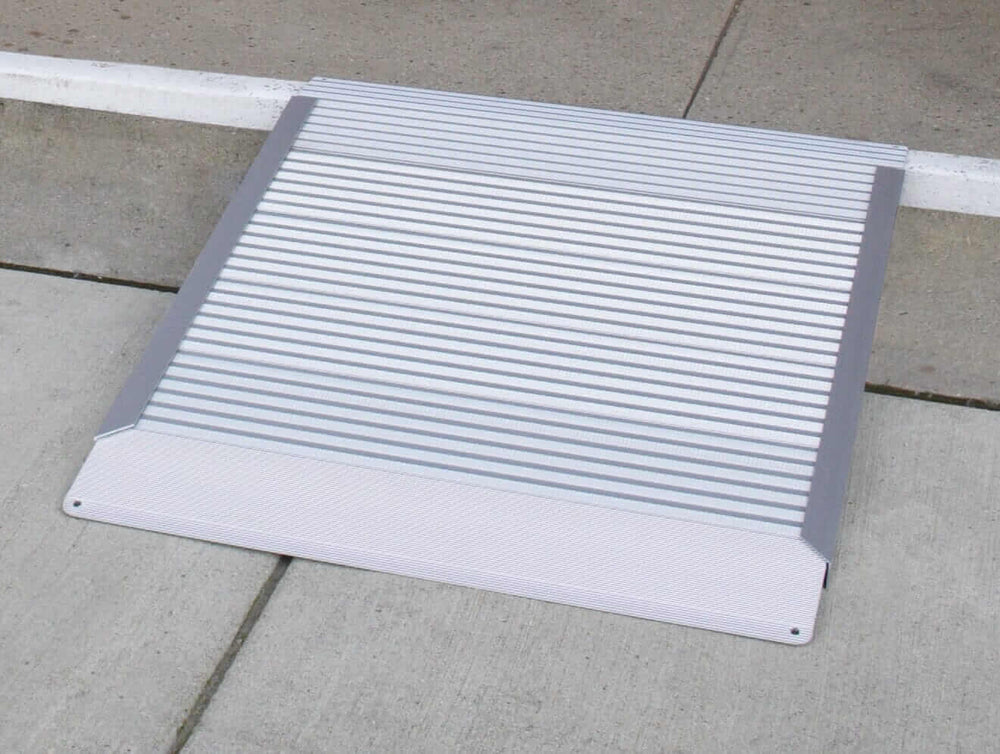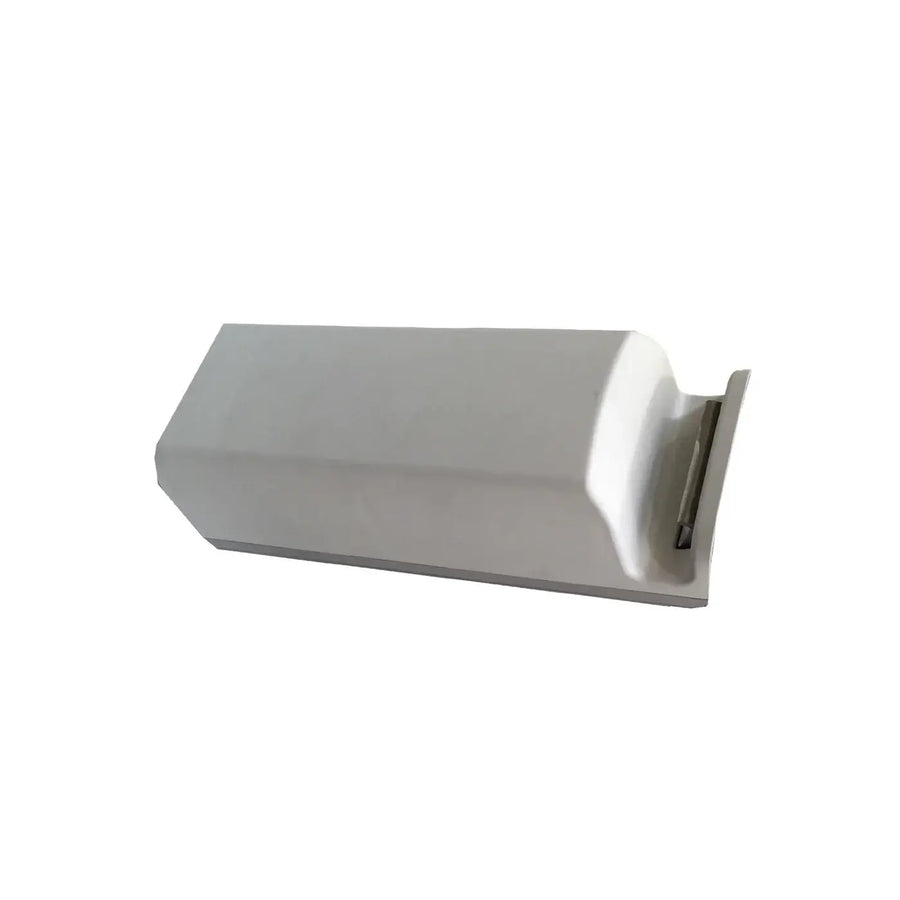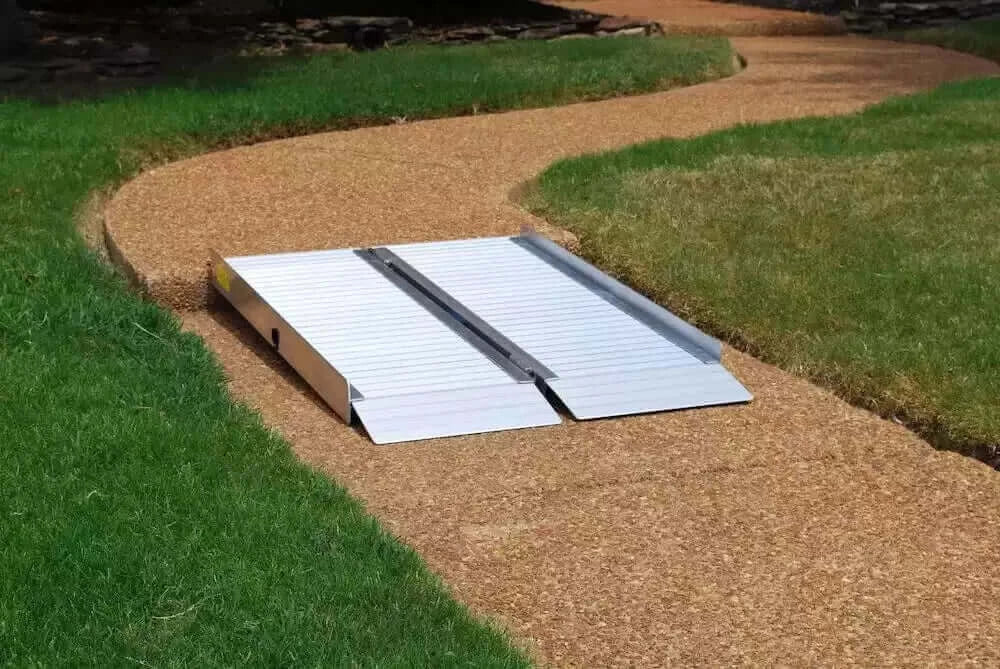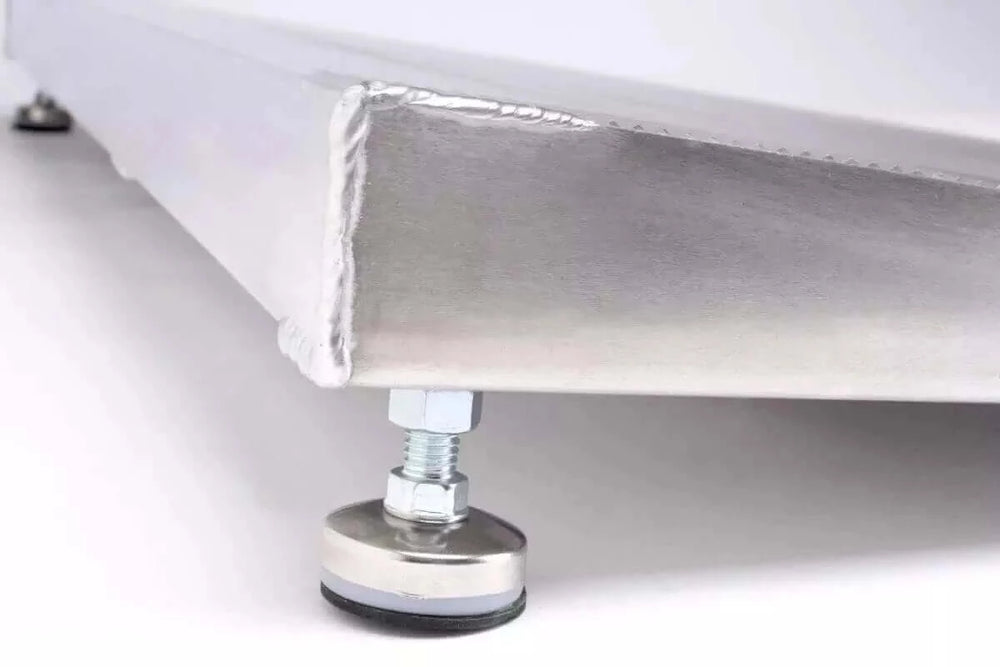How Handicap Ramps Improve Quality of Life
Understanding the importance of handicap ramps
Handicap ramps allow individuals with mobility challenges to move more freely and independently. They provide access to buildings, public spaces, and homes, making it easier for wheelchair users and those with limited mobility to navigate their surroundings. Ramps offer a safer alternative to stairs, reducing the risk of falls and injuries.
Many users of handicap ramps report feeling more included in society and experiencing a higher quality of life as a result. These ramps not only benefit individuals with disabilities but also the elderly, parents with strollers, and anyone else who may find stairs difficult to manage.

Types of handicap ramps available
There are mainly three types of handicap ramps available to improve accessibility for wheelchair users and individuals with mobility challenges. These include permanent ramps, semi-permanent ramps, and portable ramps. Here's a quick breakdown of each type:
- Permanent ramps: Built directly into the structure of a building, these ramps are a long-term solution for ensuring accessibility.
- Semi-permanent ramps: These ramps can be adjusted or relocated if needed, offering flexibility for changing accessibility needs.
- Portable ramps: Lightweight and easy to move, portable ramps provide a temporary solution for improving accessibility in various locations.
Cost considerations in installing handicap ramps
Building a handicap ramp can vary in cost depending on several factors. supplierspecific factors. Here are some cost considerations to keep in mind:
- The length and design of the ramp.
- The materials used in construction.
- Whether you hire a professional or do it yourself.
- Any additional features like handrails or non-slip surfacing.
The overall cost of installing a handicap ramp can be influenced by these factors, so it's important to plan accordingly.
How to choose the right ramp for your needs
To choose the right ramp for your needs, first consider the slope of the ramp. A slope between 1:16 and 1:20 is recommended for a comfortable incline. Next, think about the width of the ramp. It should be at least 36 inches wide to accommodate various mobility devices. Additionally, check the ramp's weight capacity to ensure it can support your needs. Remember to factor in the ramp's material and durability, as well as any additional features like handrails for added safety.
The impact of ramps on accessibility and independence
Ramps make it easier for people with mobility issues to move freely and independently. Users of handicap ramps report feeling more empowered and confident in their daily activities. The presence of ramps can greatly enhance the accessibility of public spaces for individuals using wheelchairs or other mobility aids. The ability to navigate ramps without assistance significantly improves their quality of life and promotes a sense of inclusivity in the community.
Installation process and considerations
When installing a handicap ramp, it's important to consider the slope, the landing at the top and bottom, and any handrails for safety. Make sure the ramp is sturdy and has a non-slip surface to prevent accidents. Professional installation is recommended to ensure it meets safety standards. Users often benefit from ramps that are wide enough to navigate comfortably. Permits may be required depending on your location, so check with local authorities before installation.
Maintenance tips for handicap ramps
Regular maintenance is vital for handicap ramps to ensure they remain safe and accessible. Here are some tips to help you keep your ramp in good condition:
- Regularly inspect the ramp for any signs of damage or wear and tear.
- Keep the ramp clean by sweeping away debris and dirt regularly.
- Check for any loose screws or bolts and tighten them as needed.
- Ensure the surface is slip-resistant to prevent accidents.
-
Consider applying a protective sealant to prolong the life of the ramp.
By following these simple maintenance tips, you can ensure that your handicap ramp remains functional and safe for all users.
Government regulations and guidelines for ramp installation
Government regulations and guidelines are essential for ramp installation to ensure safety and accessibility. Here are a few key points to consider:
- The Americans with Disabilities Act (ADA) sets standards for ramp slope, width, surface, handrails, and landings to make ramps usable for individuals with disabilities.
- The ADA recommends a slope of 1:12, meaning for every inch of height, there should be 12 inches of ramp length.
- Handicap ramp width should be at least 36 inches to accommodate wheelchair users comfortably.
- Ramps should have edge protection to prevent accidental falls and handrails on both sides for support.
- Properly built ramps not only meet these regulations but also enhance the quality of life for individuals with mobility challenges.
Conclusion: The transformative power of handicap ramps
Handicap ramps make a significant impact on everyday life for those with limited mobility. People who have shared their experiences highlight how these ramps enhance independence and freedom. They allow wheelchair users to navigate their surroundings with ease and participate in activities that were once challenging or impossible. Handicap ramps not only provide physical access but also boost confidence and self-esteem. The stories of individuals using these ramps showcase the life-changing benefits they bring.















Leave a comment